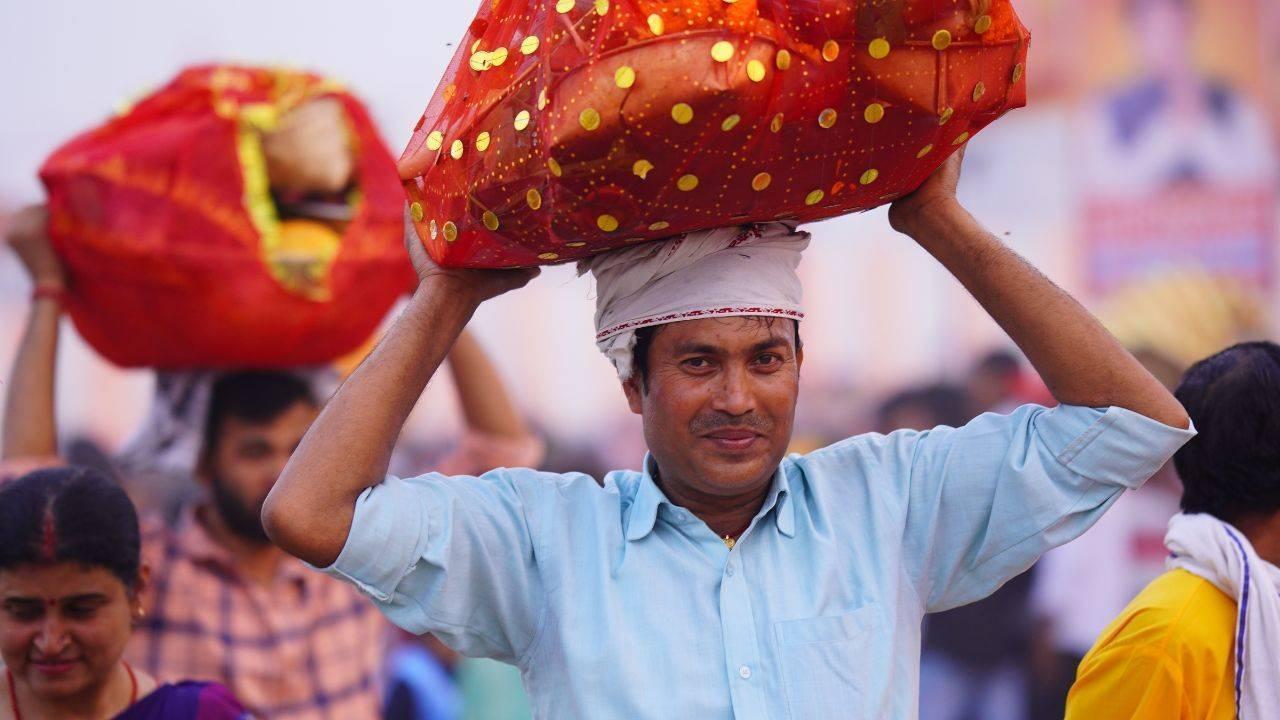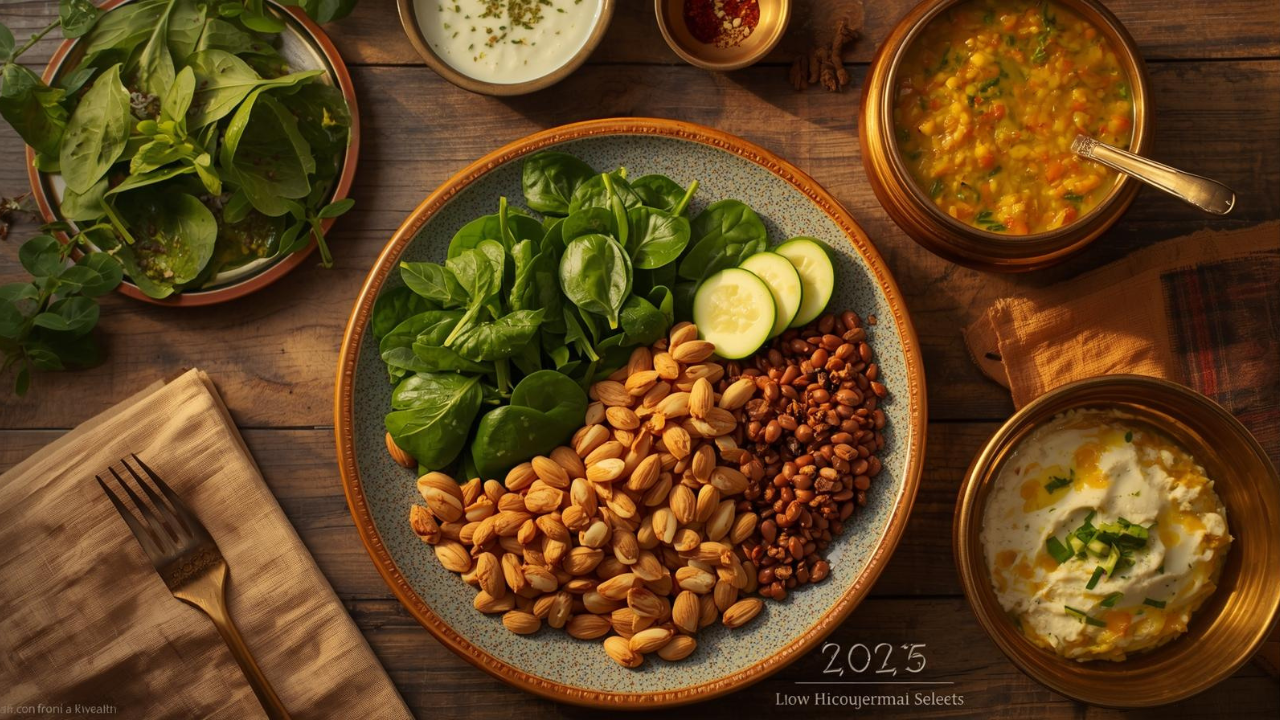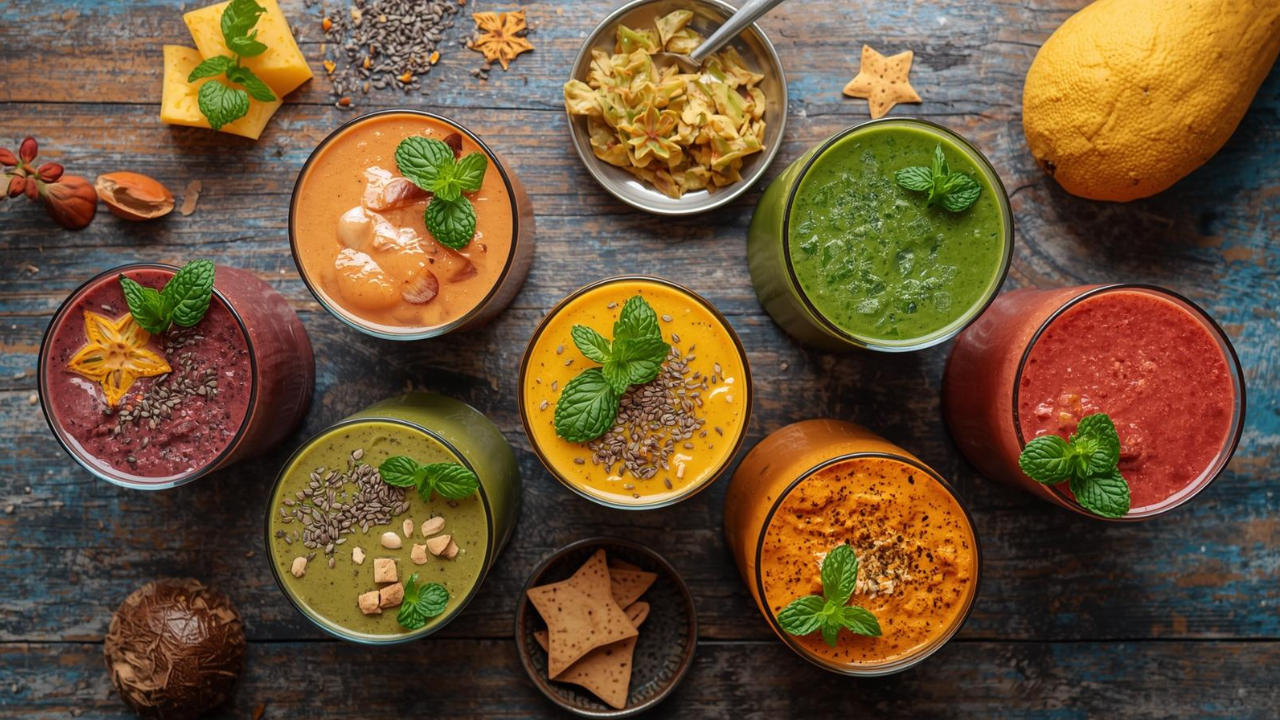
Post by : Samir Nasser
Chhath Puja stands as one of Hinduism's most esteemed festivals, prominently observed in Bihar, Jharkhand, Uttar Pradesh, and Nepal. This festival pays homage to Lord Surya (Sun God) and Chhathi Maiya (Goddess of Power), embodying a confluence of respect, gratitude, and ecological harmony. Observed six days after Diwali, Chhath Puja is known for its rigorous fasting, sacred bathing, and the act of praying at riverbanks or lakes. The rituals symbolize deep devotion while fostering awareness of environmental conservation, health, and familial ties.
Chhath Puja traces its origins to ancient Vedic practices, being referenced in various Hindu texts. Legends recount that Lord Ram and Sita performed Chhath Puja upon their return from exile, while Draupadi engaged in similar rites to ensure the welfare of her husbands, as depicted in the Mahabharata.
Through the centuries, this festival has grown in prominence, particularly in eastern India, buoyed by local kings who supported its observance. Its persistent celebration over generations underscores its significant spiritual and cultural legacy, venerating the Sun as a vital source of life.
Chhath Puja transcends mere festivity; it represents a spiritual journey rich with meaning.
The festival highlights gratitude toward the Sun God, who nurtures life and empowers agriculture. Devotees offer arghya (water offerings) during both sunrise and sunset, seeking blessings for health, prosperity, and longevity.
Moreover, it cultivates respect for nature. Conducting rituals near water bodies underscores the importance of environmental mindfulness. The practices of fasting and disciplined behavior signify self-restraint, purity, and mental strength. Additionally, it promotes family unity and community spirit, as participants come together in shared observances and offerings.
The celebration of Chhath Puja unfolds over four distinct days, each characterized by specific rituals:
1. Nahay-Khay (First Day)
On this day, devotees immerse themselves in holy waters, followed by a solitary meal of rice, lentils, and vegetables, marking the festival's commencement. This ritual symbolizes both physical and spiritual cleansing.
2. Lohanda and Kharna (Second Day)
The fasting observance initiates with Kharna, during which devotees refrain from water and partake in meals only post-sunset. They prepare offerings of khichdi, puris, and sweets made of jaggery, followed by Lohanda, a time for family prayers and altar preparations for Chhath Puja.
3. Sandhya Arghya (Evening Offerings)
This crucial ritual involves presenting arghya to the setting sun. Devotees gather in water, offering fruits, sugarcane, and traditional sweets called thekua. Evening prayers thrive through chanting and folk songs in reverence to Chhathi Maiya.
4. Usha Arghya (Morning Offerings)
The concluding day sees devotees offering to the rising sun and breaking their fast thereafter. This moment signifies the climax of devotion, appreciation, and spiritual satisfaction.
Amid Chhath Puja, the meals are sattvic, modest, and symbolic, epitomizing devotion:
Thekua: A sweet delicacy crafted from wheat flour, jaggery, and ghee, symbolizing purity.
Fruits: Fresh seasonal fruits including bananas, sugarcane, and coconuts embody health and abundance.
Rice and Lentils: Essential staples presented to the Sun, representing nourishment.
Jaggery-based treats: Signifying the sweetness of life and divine favor.
These offerings are prepared free of onion, garlic, or any tamasic ingredients, ensuring their spiritual purity.
While Bihar and Uttar Pradesh are recognized as the heart of Chhath Puja, its observance has expanded globally. In Nepal, the festival is marked by similar fasting and offerings along rivers and ponds. Jharkhand and Madhya Pradesh also join in with folk songs and communal prayers. Indian diaspora communities in places like Mauritius, Trinidad, and Guyana continue these traditions near lakes or man-made water bodies. Despite regional differences, the fundamental spiritual essence of gratitude and sun worship remains unchanged.
Chhath Puja imparts vital teachings about life:
Discipline and Commitment: Rituals and fasting nurture resilience and dedication.
Environmental Respect: Performing rites by water encourages ecological awareness.
Thankfulness and Service: The festival fosters appreciation for life's gifts and promotes community support.
Health and Vitality: Restrictions in diet facilitate detoxification and enhance overall wellness.
This festival exemplifies the interweaving of spirituality, cultural identity, and ecological awareness.
This article serves for educational and informational purposes only. Rituals and interpretations of Chhath Puja may vary among different regions and communities. Readers are advised to abide by local customs or consult knowledgeable elders. Participation in fasting and rituals should consider individual health conditions, dietary needs, and personal circumstances. The authors and publishers disclaim any responsibilities for outcomes arising from the mentioned practices.










NBA Friday Recap: Powerhouse Wins for Miami, LA, Milwaukee, and Clippers
Miami, LA Lakers, Milwaukee, and Clippers triumphed in a thrilling NBA Friday, showcasing standout p

Doncic Shines with 49 Points in Lakers' 128-110 Victory over Timberwolves
Luka Doncic dazzles with 49 points as the Lakers secure a 128-110 win against the Timberwolves, show

Kings Triumph Over Jazz 105-104 with Last-Minute Sabonis Effort
The Sacramento Kings edged out the Utah Jazz 105-104, with Domantas Sabonis making the decisive shot

Argentina's Friendly Match Against India Delayed, New Date to be Announced
The friendly match between Argentina and India in Kochi has been postponed due to FIFA approval dela

Rohit and Kohli Conclude ODI Journeys in Australia with a Victory
Rohit Sharma and Virat Kohli bid adieu to Australian ODIs with a final win, forming a 168-run partne

George Russell's Wrestling Mask Antics at Mexican Grand Prix
George Russell donned a wrestling mask to enjoy the Mexican Grand Prix from the stands, providing a